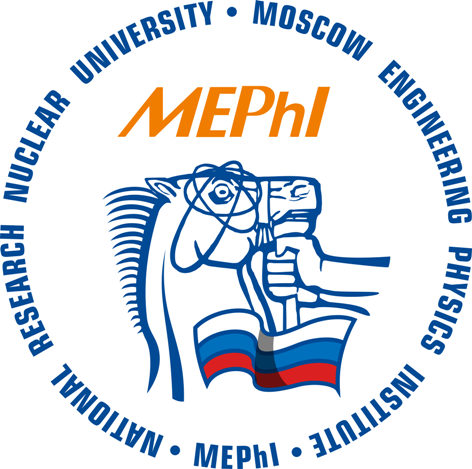Nuclear Fusion 29 - Researchers In Russian Explore New Materials For Nuclear Fusion Reactors
The conditions of high heat, high pressure and neutron bombardment inside nuclear reactors are very damaging to the materials used in the fuel and components. I have posted a number of articles about the development of new materials for use in the construction and fueling of nuclear reactors. These have all been about the materials used in fission reactors. With all the research being done on fusion reactors these days, the problem of developing materials that can withstand the conditions inside a fusion reactor has now become critical to creating commercial fusion reactors.
The Russian National Research Nuclear University MEPhI (NRNU) was created in 2008 by government edict. The purpose of the University is "the provision of human resources and scientific and innovation support to the nuclear industry and other high-technology branches of national economy and social sphere of the Russian Federation relevant to the fields of expertise of the University on the basis of system-based modernization of multi-level professional education within the framework of the unified educational space, ensuring integration of science, education and production." The NRNU consists of eleven universities and fifteen colleges and secondary technical schools spread over five federal districts. The Moscow Engineering Physics Institute (MEPhI) is one of both the name of one of the main institutions in the NRNU and is also appended to the NRNU as part of the name of the network of organizations.
Scientists at the MEPhI are exploring how altering the atomic level or nanostructure of materials changes their plasticity, heat resistance and other important properties. The requirements for resisting the heat and radiation of nuclear fusions reactions will be about twice the current requirements for materials used in fission reactors.
The NRNU scientists are focusing on what are called certain ferrite-martensite steel alloys. These alloys contain iron and chromium (Fe-Cr). They are formed by rapid cooling which alters the way that carbon diffuses through the crystalline lattice. They are harder than steel alloys that are cooled slowly and allow carbon to form molecules with the iron atoms.
They are also working with oxide-dispersion strengthened steels. (ODS) These steels use randomly positioned oxide particles in the metal lattice of the steel to reduce the propagation of flaws through the lattice.
The researchers are altering the atomic structure of the Fe-Cr alloys and the ODS steels and then subjecting them to stress to see how the atomic level changes in structure influence the important properties such as plasticity and heat resistance. They have found that they can improve or degrade those properties depending on the changes that they make.
The scientists at MEPhI say that experimental research nuclear fusion research reactors in the future will require materials that are far superior to the materials now being used in fusion research on such devices as the ITER project being built in France. In order to construct commercial fusion reactors, new materials will have to be developed. Fortunately, the recent development of advanced nanoscale imaging and manipulation will aid in this research.
